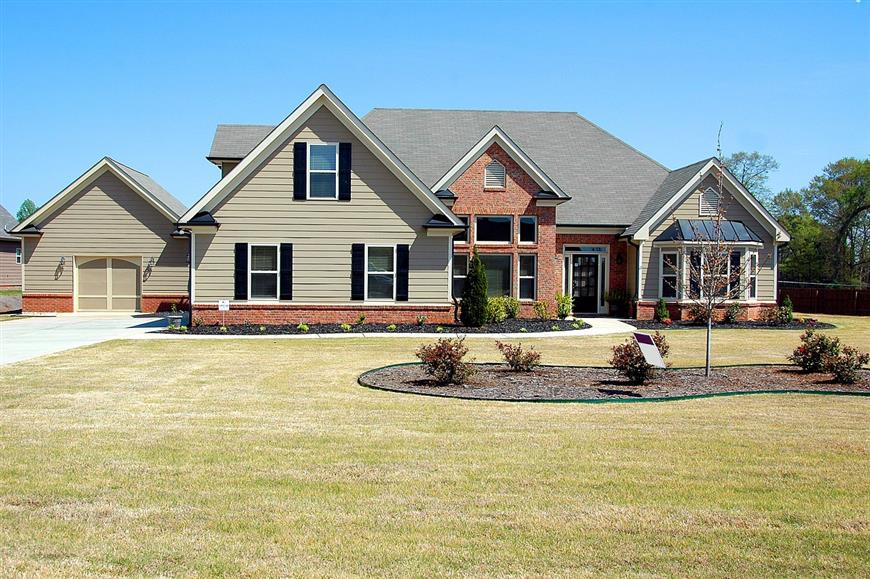Competition for U.S. Homebuyers Grows Fierce
Despite recent mortgage rate hikes, Americans are buying existing homes at the fastest rate in a decade. A shrinking supply of existing homes on the market has set off bidding wars across the country and consequently increased prices.
Understanding the forces driving rapid home sales
A strong economy anchored by more available jobs, steady pay increases and a boost in consumer confidence is fueling this extremely competitive buyers’ market. Consumer confidence is moving upward at a blistering pace in anticipation of more reasonable tax structures for both corporations and individual returns for 2018 and possibly retroactive to 2017.
Consumers are also motivated to act sooner than later with the strong possibility of impending mortgage rate increases. The lack of homes for sale can also lead to multiple and competing offers on the few houses that are listed.
These conditions influence potential buyers to make the best possible offer and reach a deal with sellers.
Recent data tells the story
At the beginning of 2017, homes remained on the market for just 50 days, compared to an average of 64 days at the same time last year. The spike in demand has lifted median home prices to $228,900, a 7.1% percent increase from the previous year.
There were only 1.69 million homes on the U.S. real estate market for sale in January, nearly as scarce as the housing supply was in 1999 when tracking on this statistic began
.
While the frequency of existing home sales heats up, it would take less than four months to deplete the current supply – a balanced housing market typically has about six months of supply. To compound this, demand for homes in the spring usually outweighs supply.
The National Association of Realtors reported that sales of homes under $100,000 fell while home sales for those priced $250,000 and higher increased 20% from the previous year.
Consider these factors if you’re thinking about moving
Sellers have the luxury of low supply and are likely to receive strong offers at close to the projected market value. On the other hand, when mortgage rates increase, they can adversely impact monthly mortgage payments for buyers. While sellers hold most of the bargaining chips under these conditions, those who successfully buy now can lock in favorable interest rates that may not be around in the next few years.











